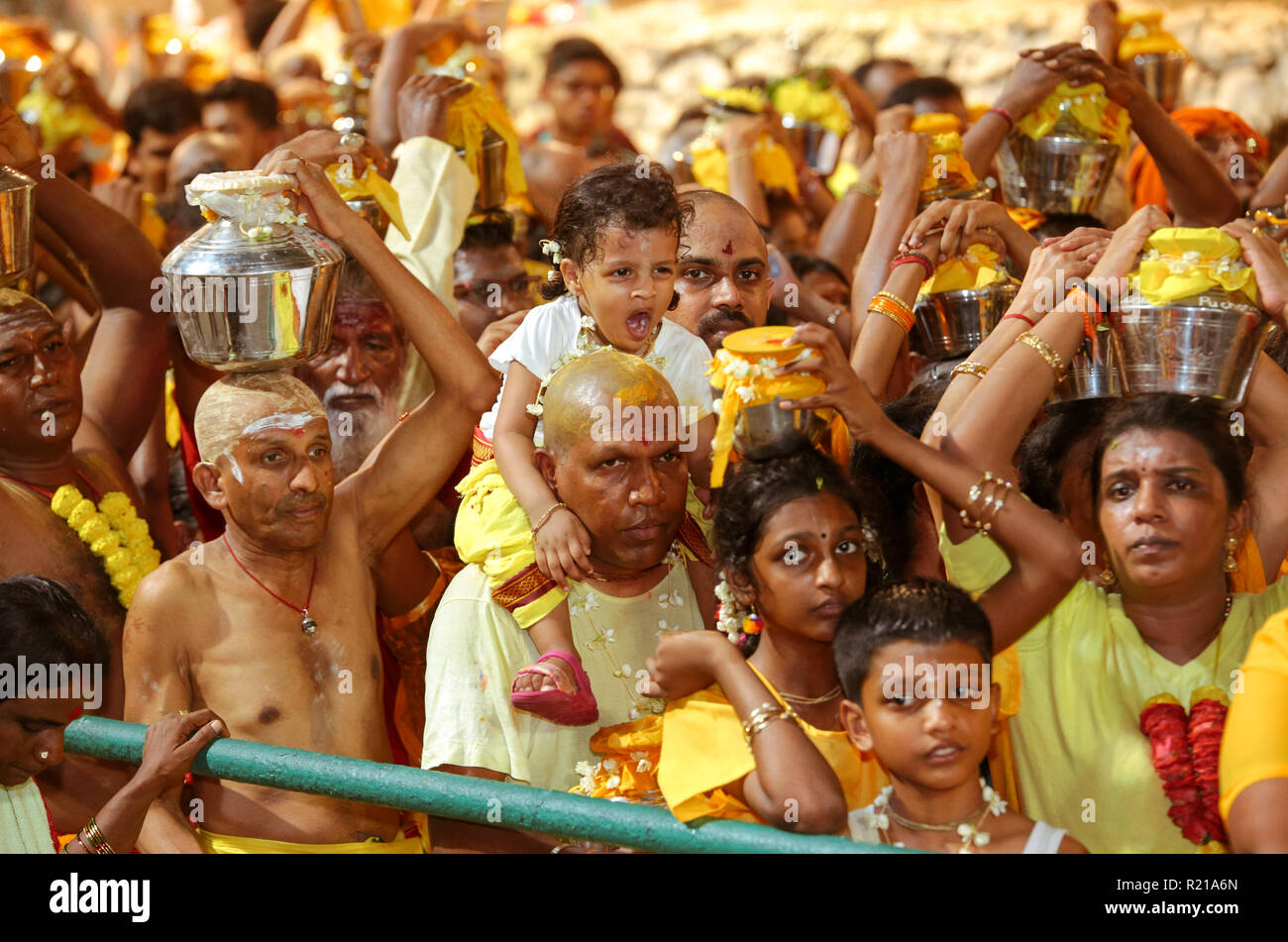For everyone who want to know more:
Kanwar Yatra is the annual auspicious pilgrimage of the devotees of Lord Shiva. During this pilgrimage, the “bearer” called ‘Kanvaria’ visit Hindu pilgrimage places like Gangotri and Gaumukh in Uttarakhand and Haridwar, and Sultanganj in Bihar, to fetch water or “Gangajal” from the River Ganga or the Holy Ganges and then offer the jal in Lord Shiva temples. This Yatra takes place during the auspicious Hindu month of ‘Shravan’ which is usually the period from July to August.
The Kanwar Yatra from Sultanganj to Devgarh in the Indian state of Bihar and Jharkhand respectively is done by the ‘Kanvarias’ the year-round. They undertake this long and tiring 100 km journey barefoot with enthusiasm and utmost devotion. The Gangajal bought from the Yatra is then poured on Baba Baidyanath Temple at Devgarh by the Kanwariyas. In earlier times, this yatra was performed in the month of Bhadra, and since the year 1960, the fair or “mela” began in the month of Shravan and extended up to Dussehra time.
Kanwar Yatra is mainly undertaken during this time but at the onset of other significant Hindu festivities like ‘Maha Shivratri’ and ‘Basant Panchami’ the Kanvarias increase. According to recent statistics, nearly 2 crores of Kanwariyas take this journey every year. The fair or mela is known as the ‘Shravan Mela’ is one amongst the biggest religious congregations held in North India every year. The Yatra not only includes men, but women take an active part in this as well.
During the Yatra, the Kanwariyas carry ‘Kanvar’ or the small bamboo pole on which two earthen pots are hung on either end for carrying the Gangajal on both their shoulders. During the journey, the Kanvarias get the earthen pots filled with holy water for pouring on Lord Shiva’s temple by balancing them on their shoulders.
This Yatra goes on for a month in which the devotees wear saffron clothes and walk barefoot and collect the holy water from pilgrim destinations. The kanwariyas then return to their towns and do the ‘abhishekam’ of the Shiva lingam at the local Shiva temple, as an act of thanks for all the blessings in their life. The only thing they have to make sure of is that the “Kanwar's” or the earthen pots do not touch the ground at any point. There are multiple makeshift stands, which are constructed across the journey, which the devotees use to take some rest.
They usually travel in groups, and while most of them travel on foot, some even use other modes of transport like bicycles, motorcycles, scooters, motorcycles, cars, jeeps or even mini trucks for the journey. They chant ‘Bol Bam’ and sing religious bhajans for Lord Shiva throughout the journey.
It is said that serving the devotees is very auspicious. NGOs and other groups offer free services like food, water, tea or medical help throughout the journey. There are few specific NGOs like Bol Bum Sewa Samiti that work all year round for the kanwariyas.






































